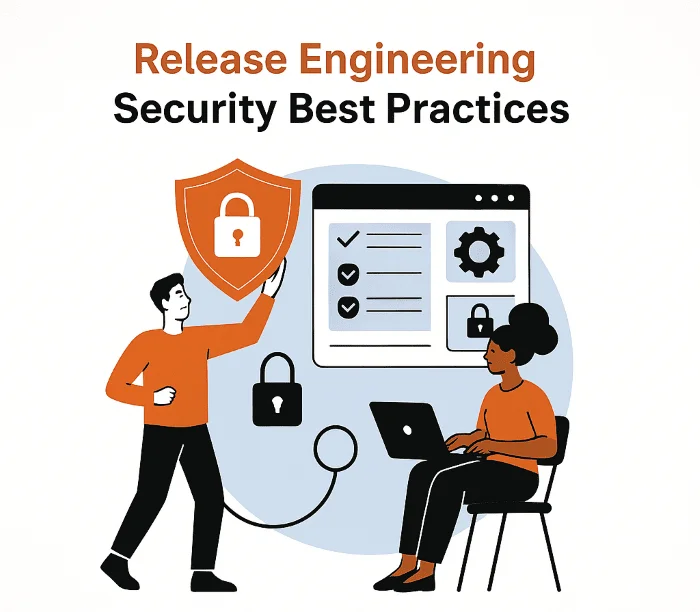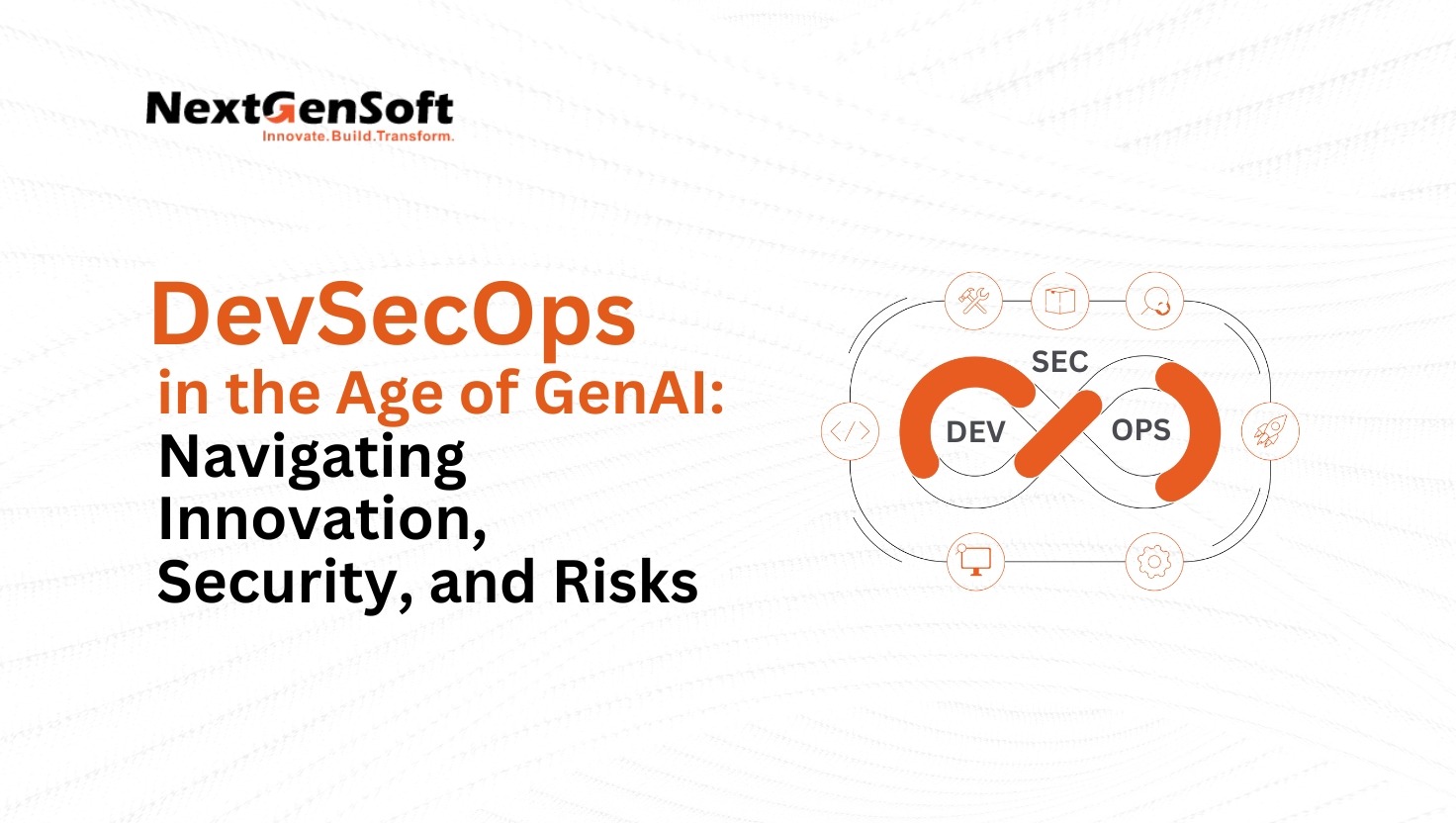
What…? Release Engineer…!!🤨🤔
Yes..
Release Engineers combine the tasks and play the role of an overseer to the development and operations teams in facilitating a coordinated, efficient, and accurate release of software. You may refer to them as the conductors of software delivery.
Release Engineer’s Main Focus Areas
- Constructing and distributing software
- Supervising and managing the release pipeline
- Infrastructure and deployment
- Coordination and planning of the releases
- Resolving issues and troubleshooting problems
- Creating automation
- Optimization of speed and performance along with monitoring
- Compliance with internal controls and security measures
Sounds Like DevOps, Right? 🤔
Not exactly! It’s a common point of confusion. While there’s a lot of overlap, Release Engineers and DevOps Engineers are not the same, though they work closely together.
DevOps vs. Release Engineering
DevOps is a broad approach and a set of practices focused on automating and integrating software development (Dev) and IT operations (Ops). It is about culture, collaboration, and automation across the software lifecycle.
Release Engineering, on the other hand, is a specialization within DevOps that deals with the release process. A Release Engineer implements many technical aspects of DevOps, particularly build engineering, packaging, deployment, and release of software.
In essence, DevOps is the strategy, while Release Engineering is one of its key tactical components.
Best Security Practices in Release Engineering
1. Secure Coding: The Foundation of Release Engineering Security
Secure coding practices reduce vulnerabilities at the core development level.
Key Aspects:
- Input Validation: Preventing injection attacks like SQL injection and XSS.
- Output Encoding: Mitigating cross-site scripting vulnerabilities.
- Error Handling: Avoiding exposure of sensitive information in error messages.
- Authentication & Authorization: Enforcing strong authentication (MFA) and role-based access control.
- Secure Dependency Management: Using reputable repositories and SBOMs to track components and identify vulnerabilities.
- Secrets Management: Employing tools like HashiCorp Vault to protect sensitive credentials.
- Code Reviews: Utilizing peer reviews and static analysis to catch security flaws early.
2. Secure Build & Deployment Pipelines: Protecting Your CI/CD
Securing CI/CD pipelines is crucial in release engineering.
Key Aspects:
- Pipeline Security: Implementing strict access controls and secure build environments.
- Artifact Integrity: Ensuring build artifacts remain untampered with digital signatures.
- Automated Security Testing: Integrating SAST, DAST, SCA, and penetration testing.
- SAST (Static Analysis Security Testing): Identifies vulnerabilities in source code.
- DAST (Dynamic Analysis Security Testing): Uncovers vulnerabilities in running applications.
- SCA (Software Composition Analysis): Identifies vulnerabilities in open-source components.
- Penetration Testing: Simulating attacks to identify weak spots before release, especially for major releases.
- Infrastructure Security: Protecting infrastructure with firewalls and intrusion detection systems.
- Deployment Verification: Scanning and monitoring deployed applications for security vulnerabilities.
3. Release Process & Governance: Maintaining Control
Strong governance ensures security compliance in release engineering.
Key Aspects:
- Change Management: Implementing controlled release processes with approvals and rollbacks.
- Vulnerability Scanning: Establishing a clear system for identifying and addressing vulnerabilities.
- Security Training: Educating development and operations teams on secure coding practices for release engineers.
- Incident Response: Developing a plan for handling security incidents.
4. Key Considerations for Enhanced Security
- Shift Left Security: Integrating security testing early in the development lifecycle.
- Automation: Automating security tasks to reduce human error and improve efficiency.
- Continuous Monitoring: Continuously monitoring applications and infrastructure for vulnerabilities.
- Code Pipeline Protection: Securing every stage of the software release process.


